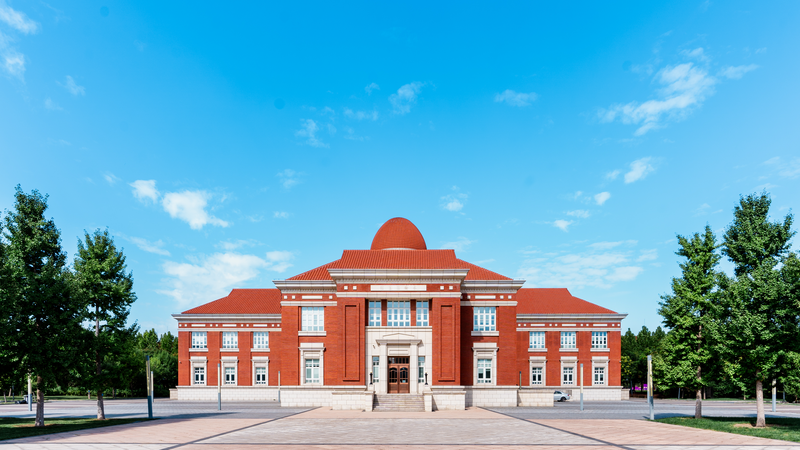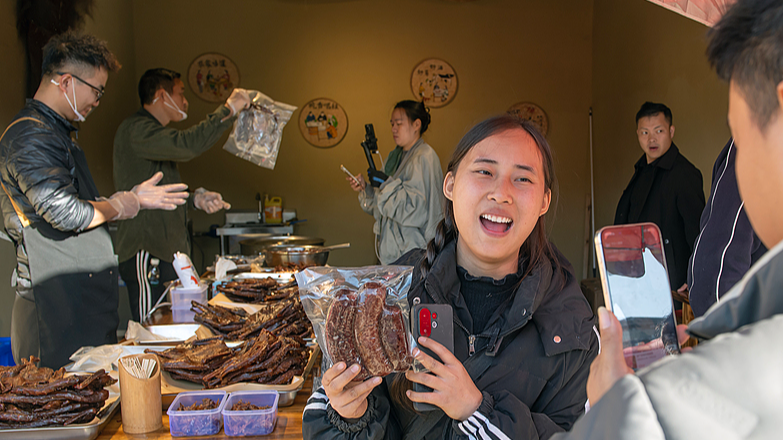In the summer of 1937, following the historic Lugou Bridge Incident, Japanese airstrikes swept across the Chinese mainland, leaving Nankai University—the nation’s first higher education institution to be targeted—in ruins. The fallout from those devastating days echoed across decades, etching a story of endurance into the heart of Tianjin.
Fast forward 80 years: Nankai University has risen from the ashes, reclaiming its place as one of the Chinese mainland’s most prestigious centers of learning. Where bombed-out hallways once lay, Siyuan Hall now stands fully restored, its gleaming façade a testament to meticulous preservation efforts and a nod to generations of scholars past.
Across campus, the Muzhai Library tells a similar tale. Once reduced to rubble, its walls have been rebuilt to house new volumes and digital archives, bridging history with tomorrow’s research. Today’s students walk these halls, unaware of the devastation that once shaped the university’s spirit of resilience and conviction.
More than just stone and mortar, Nankai’s revival reflects the global value of remembering history while forging ahead. For young global citizens, entrepreneurs, and changemakers, it serves as a reminder: institutions can weather any storm when communities unite around shared ideals of knowledge, perseverance, and renewal.
As travelers and digital nomads seek deeper connections with history, Nankai’s campus offers both a living museum and a vibrant academic hub. Its story invites us to explore how places recover, how heritage is preserved, and how collective spirit drives progress across borders.
Reference(s):
cgtn.com




